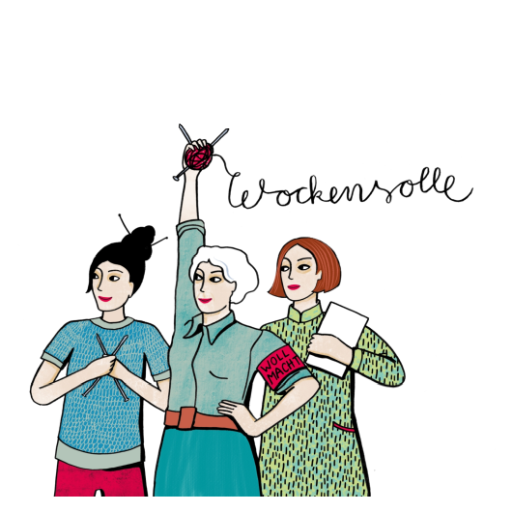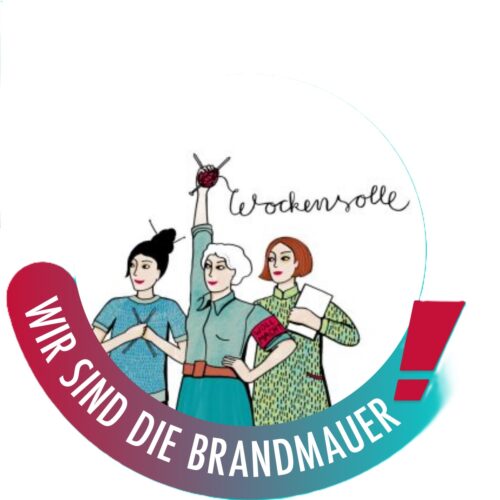Jarmen ist ein kleiner, leerer Ort in meiner Nähe, geschätzte Entfernung 8km von Gribow. Nun sollte man meinen, daß 8 Kilometer relativ flott bewältigt werden können, sogar ich Schnecke würde das (bei gutem Wetter) schaffen, aber das ist ein Trugschluß. Denn unser weltweit operierendes Zustellunternehmen DHL (Deutsche HilfsLieferanten) braucht für diese Distanz 3 Wochen!
Wie das? Am 12. Januar ging ein Buchpaket in Riga auf die (lettische) Post. Ordentlich verpackt, zusätzlich noch in einem kräftigen Plastiksack, mit Zollplombe und was die lettische Post noch so aufwandte, damit diese Sendung auch gut und ordentlich bei der Empfängerin ankommt. Ja, und bis zum Zollamt Neustreliz / Neubrandenburg brauchte dieser Postsack 5 Tage, Eingangsstempel - besser Durchgangsstempel - 17.01. 2018.
Das gleiche Datum trägt auch ein Versandaufkleber mit dem Aufdruck Jarmen. Also: 17. Januar 2018 - Jarmen.
Heute ist der 14. Februar 2018. Das sind 3 Wochen für 8km! Da war sogar Ernst Moritz Arndt bei seinen Wanderungen durch Vorpommern Anfang des 19. Jahrhunderts schneller, und er schrieb dabei noch Wanderberichte und besuchte die lokalen Adelsfamilien.
Soviel Vorrede. Nun aber die Freude, was war denn in der Postsendung?
Ich hatte ein Buch der lettischen Wissenschaftlerin Aija Jansone bestellt. "Rucavnieku apģērbs cauri laikiem" heißt es, übersetzt "Die Kleidung von Rucava im Lauf der Zeit". Das Buch behandelt die Entwicklung der Kleidung in der westlichen Region Kurzemes / Kurlands im 19. und 20. Jahrhundert, es ist eine wissenschaftliche Arbeit, welche alle Aspekte der Kleidung aufzeigt: von Kopf bis Fuß, Schmuck, Acessoires, in alten und neuen Darstellungen.
Die ganze Schönheit der Tracht Rucavas scheint auf, und ich freue mich darüber. Denn seit dem Knitting Camp "Let's Knit Kurzeme", an dem ich im letzten Jahr teilnahm, weiß ich ob dieser Schönheiten und habe ja auch schon hier auf der Wockensolle darüber berichtet. Nun sehe ich in dem Buch die Damen, die uns damals die wundervolle Einführung in ihre Traditionen gaben, die sangen, für uns kochten, uns die eigenartigsten Strickmuster zeigten (ja, das mehrfarbige Netzpatent!) und uns mit ihrer Begeisterung ansteckten.
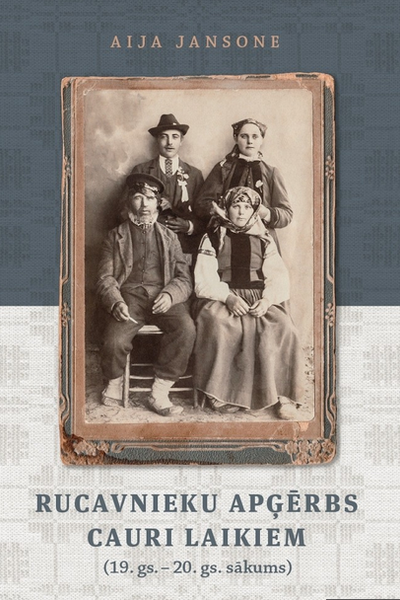
Aija Jansone: Rucavnieku apģērbs cauri laikiem
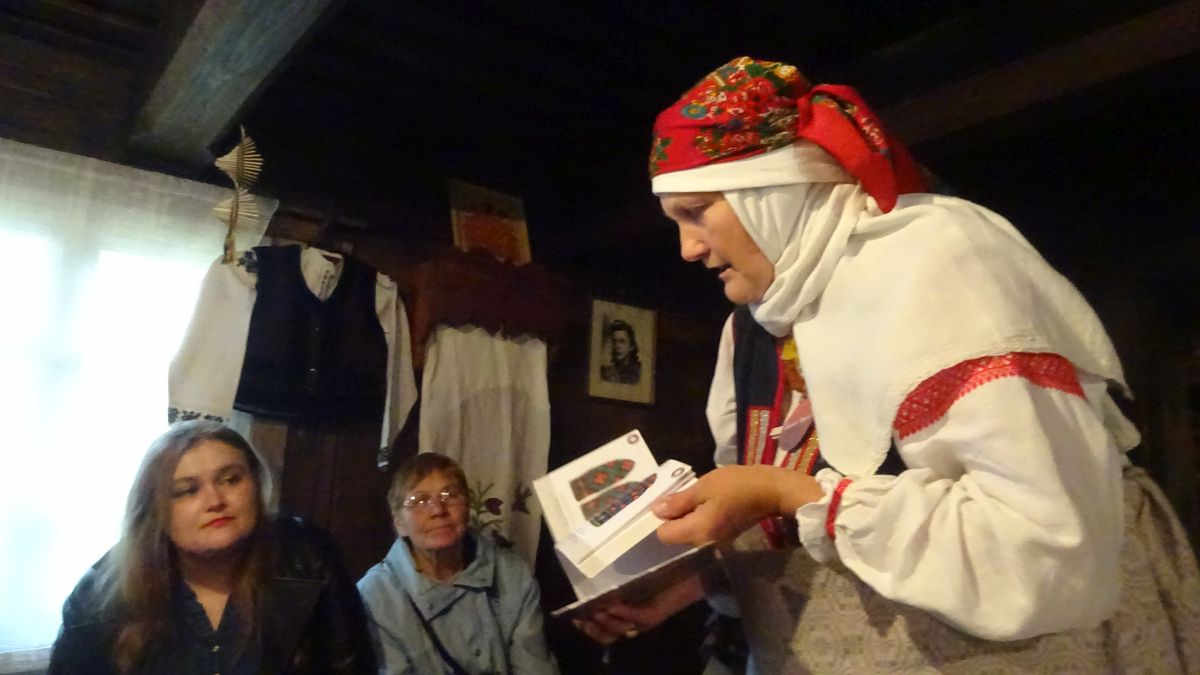
Sandra Aigare vom Traditions-Verein Rucava.
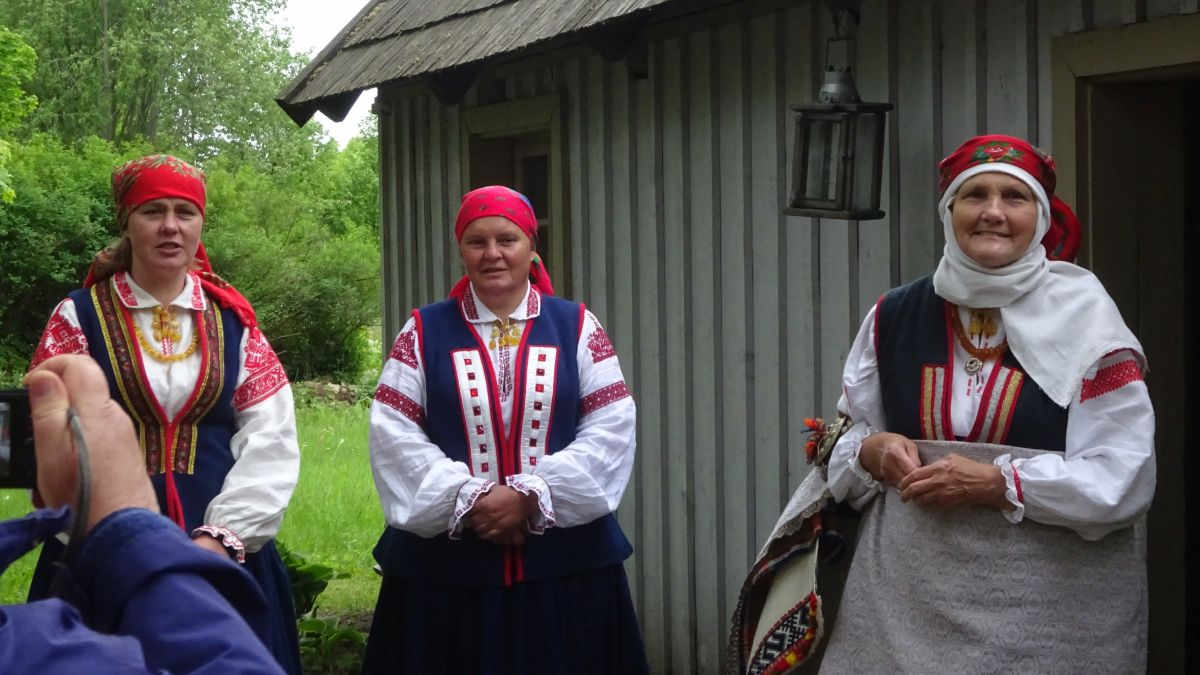
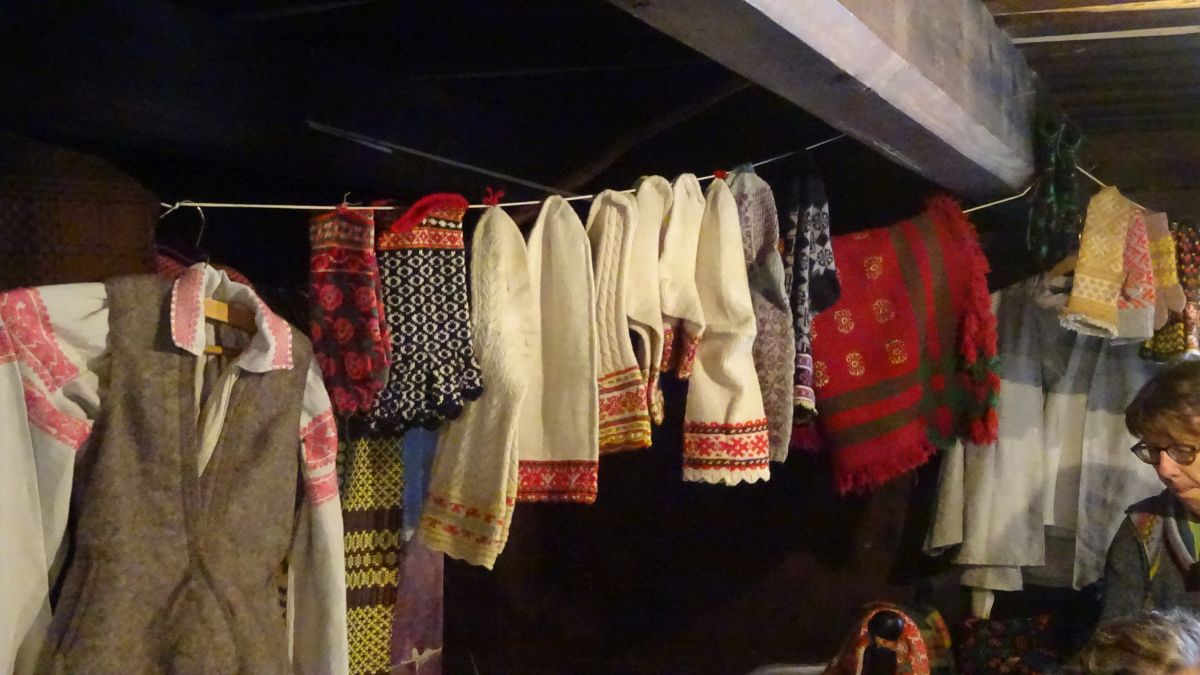
Selbstverständlich sind die schönen Handschuhe, Socken und Kniestrümpfe, die wir gezeigt bekamen, im Buch auch abgebildet. Wunderwerke, mit 4 Farben, 5 Farben, weiße Strümpfe mit kleinen roten Bordüren, komplett gemusterte Socken, feine Fingerhandschuhe, ein Fest für die Sinne.
Und es ist schön, daß es diese Bücher gibt! Meine Bibliothek wächst...
Nun aber noch einige Informationen zum Buch.
Zuerst einmal die biographischen Angaben:
| Author | Jansone Aija |
|---|---|
| Titel |
Rucavnieku apģērbs cauri laikiem (19.gs. - 20.gs. sakums |
| Kategorie: | Kunst- und Kulturgeschichte |
| Erscheinungsdatum | 2017 |
| ISBN | 9789934549434 |
| Seiten | 270 |
| Verlag | Zinatne |
Das Buch kostet in Riga zwischen 10,00€ und 12,00€, jenachdem in welchem Buchladen man es ersteht. Und man kann es auch online bestellen bei Valters un Rapa,. wenn man dann mehr Glück hat als ich mit den Deutschen Hilfslieferanten...
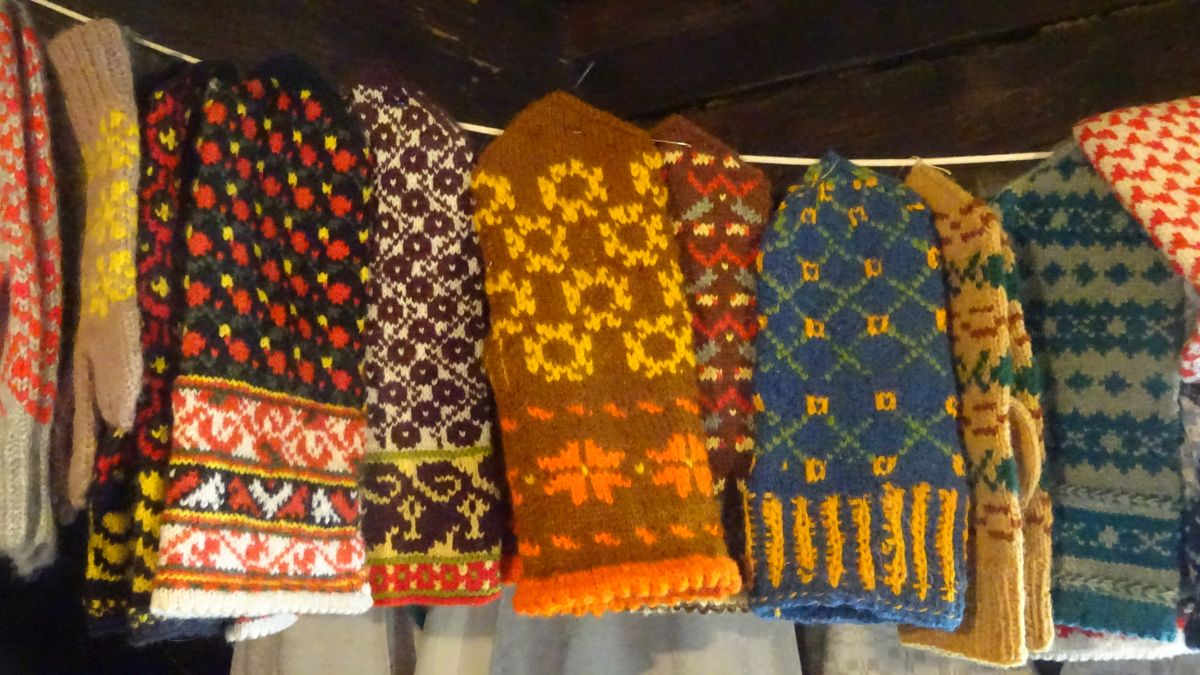

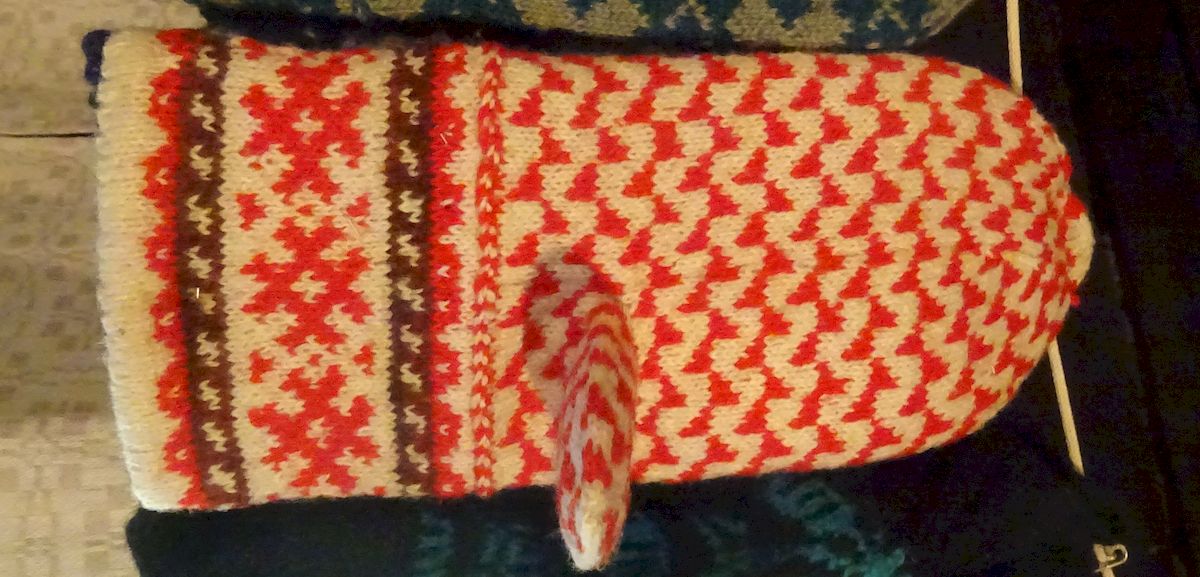
Klicken Sie auf die Überschrift um den langen Text von der Webseite der Buchhandlung Valters un Rapa in Riga, einigermaßen akzeptabel übersetzt im Chrome-Browser, zu lesen.
